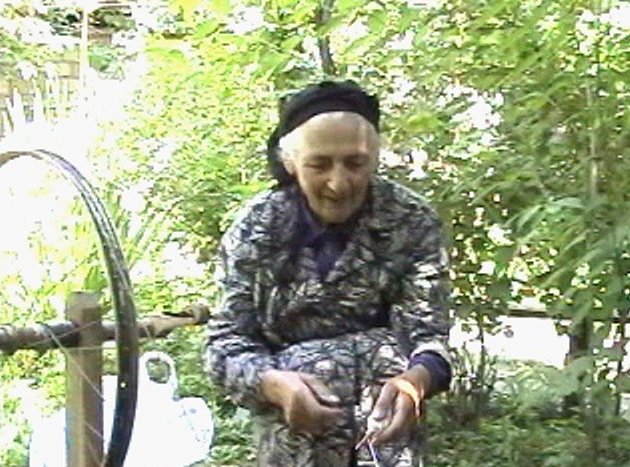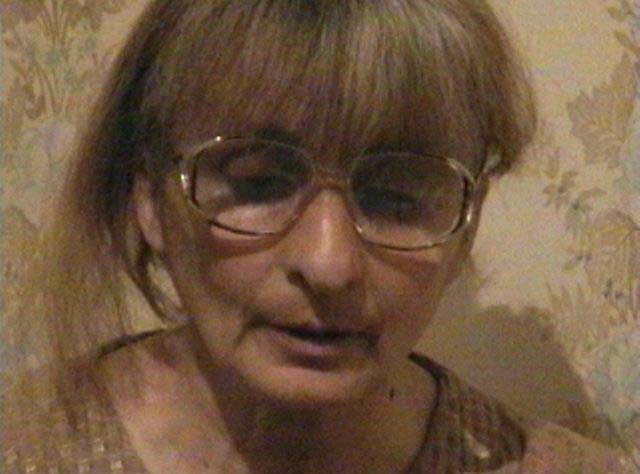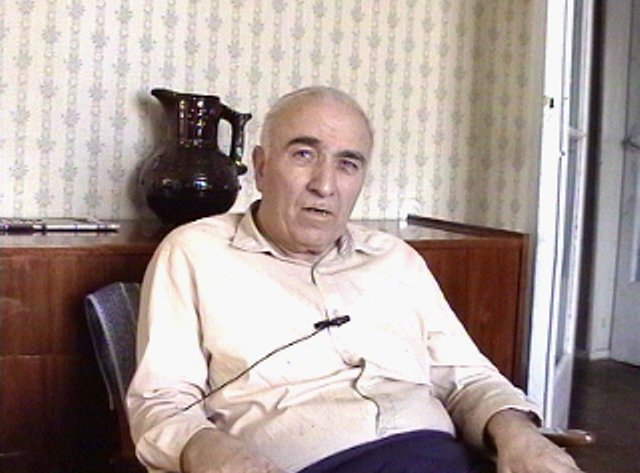
Batsbi (Tsova-Tuschisch)
ბაცბური (წოვა-თუშური) ენა
Batsbi (Tsova Tush)
| ECLING | ეკლინგ | ECLING |
Bedrohte kaukasische Sprachen in Georgien
საფრთხეში მყოფი კავკასიური ენები საქართველოში
Endangered Caucasian Languages in Georgia
 |
Batsbi (Tsova-Tuschisch) |
 |
Batsbi (Tsova Tush) ბაცბური (წოვა-თუშური) ენა Batsbi (Tsova-Tuschisch) |
 |
ბაცბური (წოვა-თუშური) ენა Batsbi (Tsova-Tuschisch) Batsbi (Tsova Tush) |
Together with Chechen and Ingush which are mostly spoken North of the
Caucasus, the Tsova-Tush language (also called Bats or Batsbi) belongs to the
so-called Nakh subfamily of the North-East-Caucasian (or Nakh-Daghestanian)
stock. Its speakers live in a close community within one village of North-East
Georgia, viz. Zemo-Alvani, which is situated in a region where otherwise the
Tush and Kakhetian dialects of Georgian are spoken. In 1953 when I. Dešeriev
(Desheriev) wrote the first extensive description of the language (Бацбийский
язык), the number of Tsova-Tush speakers was still given as exceeding 3,000;
according to recent statistics, it has been reduced to about 1,600 today.
All speakers of Tsova-Tush are bilingual, speaking Georgian alongside the
Tsova-Tush language. While Georgian has been used as the primary means of
communication, esp. with Georgian neighbours, Tsova-Tush has kept its status
as a living language in familiar environments for centuries. Under these conditions, the Tsova-Tush people, who have been renowned as good dancers and
singers throughout the Caucasus, have preserved an outstanding repertoire of
folkloristic texts.
Today, the knowledge of Tsova-Tush is very inhomogeneous among the Tsova-Tush people. Only the older generation (people older than 50 years) has a perfect competence of the language; younger adults still understand it and are able to speak Tsova-Tush, but normally they refuse to do so, mostly because their lexical competence is steadily decreasing. There are probably no children, at least younger ones, who understand or use the language today, given that school education has always been in Georgian in the region and, subsequently, Georgian has developed into the main means of communication even within the families (cf. Holisky 1994, 149).
In recent times, the Tsova-Tush people have more and more been giving up their traditional way of life which included a typical tradition of sheep breeding (the "Tushian sheep" which is famous throughout the Caucasus) as well as special forms of production of wool and garment depending thereon; in the course of this process, the peculiar elements of the Tsova-Tush lexicon referring to these traditions are getting lost. It is to be expected that the substitution of the Tsova-Tush language by Georgian will soon lead to a loss of folkloristic and other traditions too.
Except for a phonographic recording of 1909 which is preserved in the Phonogrammarchiv of the Austrian Academy (Vienna), the only spoken material of Tsova-Tush that is available to the linguistic community today is a recording of a folk tale made by J. Gippert in Tbilisi in 1984. Unfortunately, the recording is not complete and parts of it have been mutilated so that it can only give a first impression of the spoken language. There are no recordings at all of Tsova-Tush being used in everyday conversation. The most urgent task of the present project thus consists in documenting both the actual conversational style and the general oral tradition with as many texts as possible.
| Beispiele | Examples | შედეგები |
| Zusätzliche Informationen | Additional information | დამატებითი ინფორმაცია |
| Im Hintergrund dargestellt ist eine Seite aus dem handschriftlichen batsischen Wörterbuch von Davit und Niko Kadagidze. | ||
| The background displays a page of the hand-written Tsova-Tush dictionary by Davit and Niko Kadagidze. | ||
Copyright Jost Gippert / Manana Tandashvili Frankfurt 2003-2010. No parts of this document may be republished in any form without prior permission by the copyright holder. 24.1.2010.